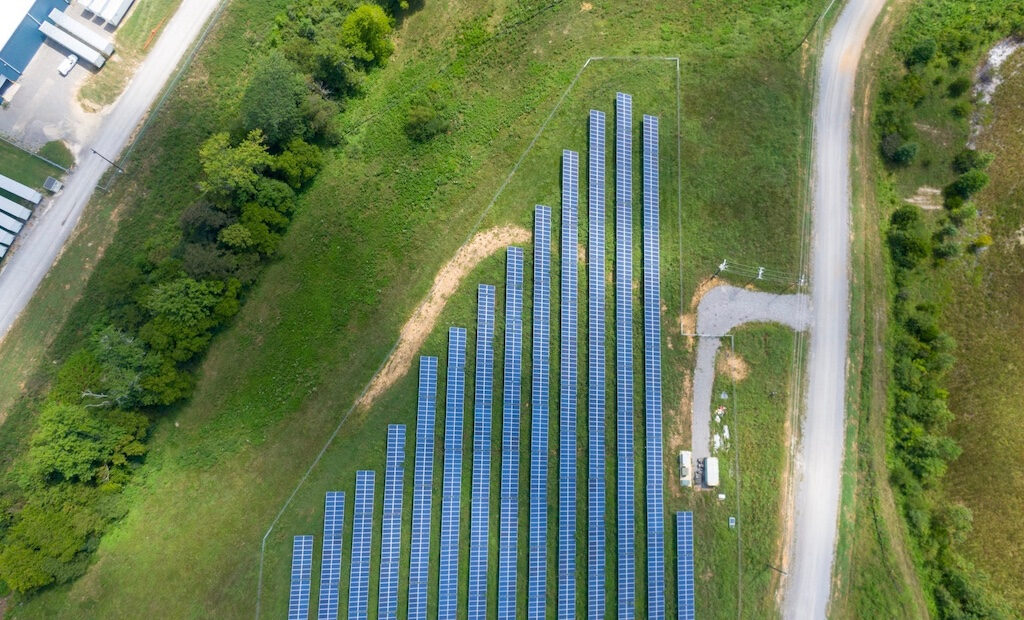The role of policy in advancing renewable energy: How government support can drive the transition to clean energy

For anyone with even a small understanding of the global climate crisis, it is evident that the transition to renewable energy will be crucial for creating a planet that can continue to support life. However, with the oil industry occupying such a central role in the global energy market, it can seem daunting to think of a way to dethrone those key players. As a result, one of the key drivers for advancing renewable energy will be the role that governments play, both in curtailing fossil fuel use and in encouraging renewable energy investment.
The team at Exagen provided valuable insights into the industry, making this article possible.
Creating Targets
One of the most powerful policy tools available to governments to promote renewable energy is the establishment of renewable energy targets. Setting ambitious renewable energy targets provides a clear signal to the industry that renewable energy is a priority worth investing in, rather than just a gimmick to overlook.
These targets can be set at multiple levels, including national, regional, or local, and can vary significantly in terms of scope and timeline. Renewable energy targets create a roadmap for renewable energy development strategies, serving as a benchmark from which individuals, local authorities, and businesses can start to plan.
Subsidies
Another essential way in which governments can drive investment in renewable energies is through subsidies and other forms of financial incentives. This can either be in the form of cash grants, or more complex programmes like tax credits or scrappage schemes to encourage people to get rid of old, polluting vehicles.
While renewable energy sources can be more expensive initially before they are brought to scale, these financial incentives can be instrumental in bridging the gap between the higher upfront costs of renewable energy projects compared to fossil fuel-based projects. As renewable energy sources decrease in cost, those subsidies can be eased off until the transition is complete.
Regulations
Finally, regulatory policies are also an excellent way to speed up the transition to renewable energy. For example, governments should establish regulations that require a certain percentage of electricity to come from renewable sources, such as Renewable Portfolio Standards (RPS).
Regulatory frameworks represent the stick, whereas subsidies and targets represent the carrot. They help ensure that businesses and other bodies take this transition process seriously, ensuring that there are negative implications for dragging one’s proverbial heels.
The role of government policies and support is going to be pivotal in driving the transition to renewable energy sources on a global scale. The global energy issues may currently seem insurmountable, but with renewable energy targets, financial incentives, and strict regulatory policies, governments can help create an environment that fosters the transition from fossil fuels to a wide range of sustainable, renewable energy sources.
Not only will these energy projects clean up the planet, but they will also help countries avoid energy dependency and create a wide range of jobs. As the world continues to face the challenges of climate change, policy support for renewable energy is critical to accelerating the transition to a clean, sustainable energy future for all.
The editorial unit























Facebook
Twitter
Instagram
YouTube
RSS